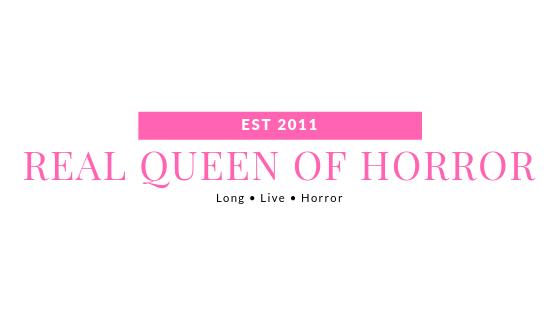
The grind is real to make a great series nowadays. But in the midst of great shows out there, The Umbrella Academy has become a special and different breed of a show.
Some of its concepts are weird to wrap your head around, but the show relinquishes explanations in the right pitch and tempo. Showrunner Steve Blackman was drawn to these concepts; in particular, one of a dysfunctional family surrounded by other unique characters. This same concept often left me wondering: Why should I like these characters? Why should I hate these other characters? How did people get to these points in their lives? When did I get to this point in my own life where I could watch a show this unique?
Blackman and some pretty gifted writers not only succeeded in adapting the answers offered in the original comic book, but also took the explanations to a stunning visual level for this new medium. Gerard Way created the original story and serves as a writer as far as characters and their development. This is one reason the essence of the characters and plot mirror the comic book so well. Gabriel Ba, original artist of the comic book, serves as a co-executive producer on the show, helping with the mysteries that keep unfolding while also expanding to new mysteries.
This well-thought out adventure is evidence of a creation from a true comic book fan. Now I won’t claim to know comics well, but I can usually tell when someone else does. Gerard Way is indeed this someone, and has been a revered storyteller since his days as lead singer for My Chemical Romance.
In the beginning of The Umbrella Academy, you find yourself having to accept the way the world is, despite its many eccentricities—which include a well-spoken, sharply-dressed monkey who almost feels like your uncle, and a robotic mom who rarely shows the correct emotion in dire situations. We are introduced to this world in October 1989, where forty-three infants are born to random women who showed no signs of pregnancy the day before. Interested in this phenomenon is billionaire industrialist Doctor Reginald Hargreeves, who collects seven of these children that will eventually make up his Umbrella Academy. Six of these children possess special powers, while the seventh is deemed normal.

Still in the first episode, we arrive to 2019, where The Umbrella Academy is now an estranged family that comes together to mourn—or celebrate—Dr. Hargreeves’ passing. Not only does grieving become difficult, but so does the revelation that only eight days exist before the imminent global apocalypse.
I appreciated the vast distinction in personalities. You can see that the actors were allowed to explore the family dynamic naturally. Whatever way this was going to work on screen could not be forced. Additionally, your favorite sibling—whether it was Luther, Diego, Allison, Klaus, Vanya, Ben or Number Five—had the potential to change. My favorite character changed like eight times. For example, I loved how Number 5 played a 58-year-old man stuck in a boy’s body. Then there was Klaus, who traveled in and out of my top favorite much like the ghost he often saw and tried to hide from. But Allison seemed to be the most relatable one of the group, making logical decisions with her powers—though not always right decisions.
Then there was the world, which at times seemed unreal, while at others seemed very tangible and natural to our world. The house became something that was very familiar to people who had read the comics. For those who did not, it still felt like a second home that you quickly grew accustomed to. For instance, if someone said they were going for a drink, you became confident that you could go and grab it for them because you knew the locations of the spirits and champagne flutes. Even though the house seemed elaborate, it gave the impression that everyone was accessible in just a few feet, ready to be bugged. Stepping into their intricately designed rooms gave you glimpses into each child’s personality, from their youth to their teen years. Even Mom (the robot) had her corner, flooded with dissimilar paintings that drew her after she completed her tasks.

In addition to the practical designs, visual effects excelled and accentuated the characters and settings to a degree that never overpowered the story. To see powers used and integrated seamlessly left me glued to the possibility that these characters could exist. A whisper became a strong gust of wind, and thrown knives slowed in midair for us to observe their accurate trajectory to their target hiding around a corner. I even tried my hand at whispering in my husband’s ear, but I couldn't see any gust of wind. I just smelled hot Doritos before throwing in the towel on possessing any persuasive gifts.
Weta Digital of New Zealand and Spin VFX of Ontario, Canada worked together to deliver facets that expertly tracked human movement for cg characters, and composites that enriched the practical effects and set decorations.
In the midst of a lot of shows on Netflix and other streaming platforms, The Umbrella Academy stands out in so many ways. One is its re-watch value, with viewers yearning to spend more time with the characters after the ten episodes have ended. It has also pushed viewers to read the comic books, which reverses them back to the show in search of Easter eggs they initially missed. Check out both the comic and show now, especially before Season 2 is released because yes—it has already been green lit.

Post a Comment